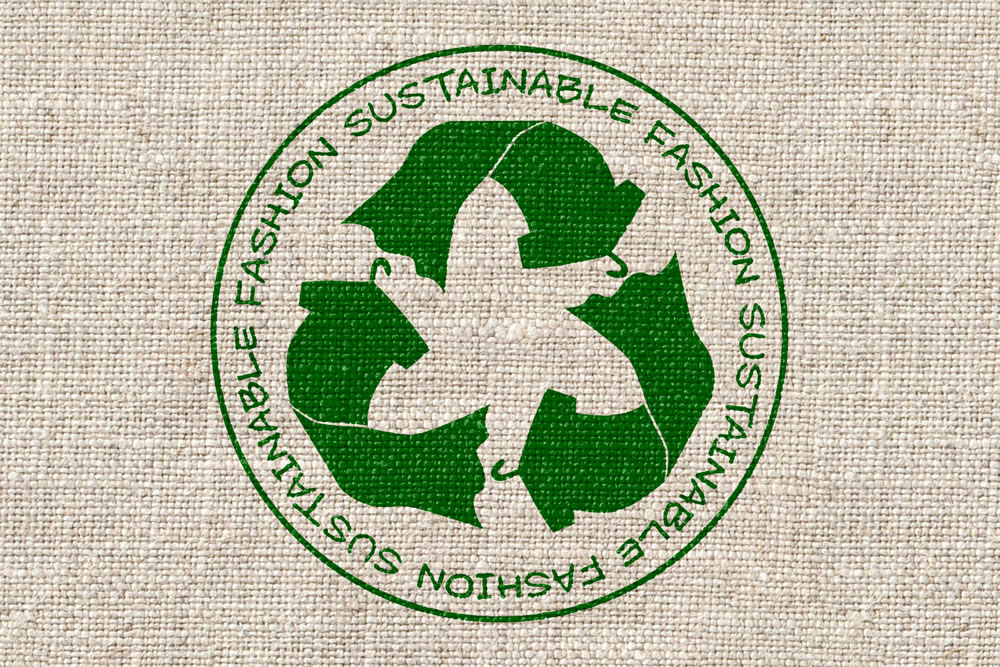Amazing Eco-Friendly Fashion: How Sustainable Style is Shaping the Future

In a world increasingly attuned to environmental concerns, the fashion industry is undergoing a transformative shift towards sustainability. Gone are the days when fashion was synonymous with fast-paced trends and disposable clothing. Today, a growing awareness of the environmental and social impacts of fashion production has catalyzed a movement towards eco-friendly practices and sustainable style. In this blog post, we’ll explore the burgeoning trend of eco-friendly fashion, its key drivers, and the ways in which it is shaping the future of the industry.
The Environmental Impact of Fashion
Before delving into the rise of eco-friendly fashion, it’s essential to understand the environmental footprint of conventional fashion practices. The fashion industry is notorious for its resource-intensive production processes, reliance on cheap labor, and contribution to pollution and waste. From the cultivation of raw materials like cotton and silk to the manufacturing of garments and their distribution, every stage of the fashion supply chain exacts a toll on the planet.
The Emergence of Sustainable Fashion
Amid growing concerns about climate change, deforestation, and social inequality, consumers are increasingly demanding transparency and accountability from fashion brands. This shift in consumer consciousness has spurred the rise of sustainable fashion – a movement that prioritizes ethical sourcing, environmentally friendly production methods, and fair labor practices.

Key Pillars of Eco-Friendly Fashion
Sustainable fashion encompasses a range of practices aimed at minimizing the industry’s environmental impact and promoting social responsibility. Some key pillars of eco-friendly fashion include:
- Ethical Sourcing: Sustainable fashion brands prioritize the use of organic, recycled, or responsibly sourced materials to reduce the ecological footprint of their products. This may involve using organic cotton, hemp, bamboo, or recycled polyester instead of conventional materials like conventional cotton or petroleum-based synthetics.
- Fair Labor Practices: In addition to environmental considerations, sustainable fashion places a strong emphasis on fair labor practices and supply chain transparency. Ethical fashion brands ensure that workers throughout the supply chain are paid fair wages, provided with safe working conditions, and afforded basic human rights.
- Circular Design: A core tenet of sustainable fashion is the adoption of circular design principles, which prioritize durability, reparability, and recyclability. By designing garments with longevity in mind and utilizing materials that can be easily recycled or repurposed, fashion brands can minimize waste and extend the lifespan of their products.
The Benefits of Sustainable Style
The shift towards eco-friendly fashion offers a host of benefits for both consumers and the planet:
- Reduced Environmental Impact: By opting for sustainably produced clothing, consumers can significantly reduce their ecological footprint, mitigating the environmental damage caused by conventional fashion practices.
- Support for Ethical Practices: Sustainable fashion promotes fair labor practices and social responsibility, ensuring that workers throughout the supply chain are treated ethically and equitably.
- Promotion of Innovation: The growing demand for eco-friendly materials and production methods has spurred innovation within the fashion industry, driving the development of new technologies and sustainable alternatives to traditional materials.
The Future of Fashion
As consumers become increasingly conscious of the environmental and social impacts of their purchasing decisions, the demand for eco-friendly fashion is only expected to grow. In response, fashion brands are embracing sustainability as a core value, integrating eco-friendly practices into their business models and product offerings.
















